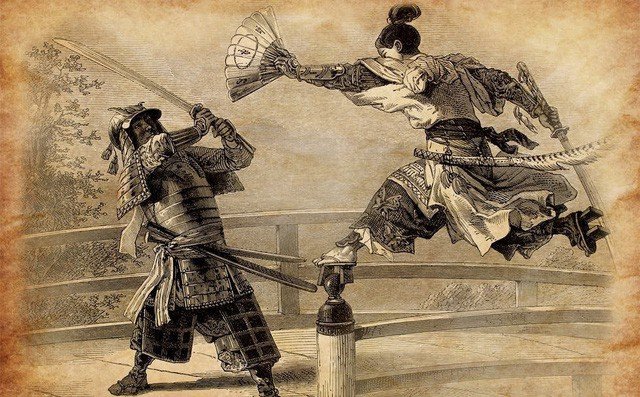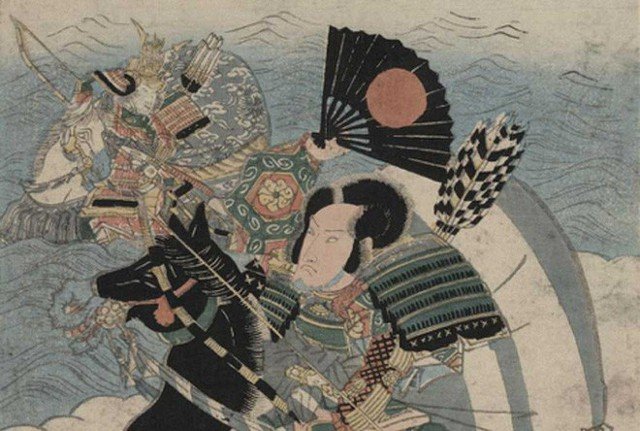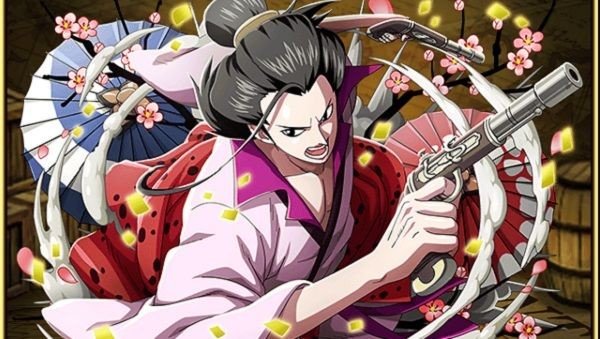
Hidden inside her body, a female Ninja’s `soft weapon` can make her opponents terrified
Besides beauty and intelligence, female Ninjas in Japanese history also had the ability to proficiently use many dangerous weapons, including war fans.
At first glance, the soft war fans in the hands of female Ninjas seem harmless because they are just girls’ favorite items, but these are actually deadly weapons.

War fans are famous weapons, crafted in many different shapes and sizes, cleverly concealed with a soft, elegant appearance.
Additionally, war fans were first mentioned in legends in Japan that described how heroic warriors fought against mythical creatures or dangerous enemies.
There are actually three types of war fans and they are known as Gusen, Tessen and Gumbi.
However, in general, they are all made to look like harmless folding fans, which can be used by Samurai fighters or female Ninja warriors when performing assassination missions, becoming an extremely powerful weapon.

In addition, war fans are sometimes used by commanders for the purpose of giving orders to soldiers when participating in battle.
Among the types of war fans, Tessen (or Iron fan), a folding fan made from razor-sharp steel, is considered a personal weapon with great lethality.
Samurai often carried war fans on their bodies when going to places where weapons were prohibited because any visible swords would be confiscated.
In particular, the Tessen war fan is also used against knives, thrown weapons such as darts, and as an aid in swimming.

By using war fans as shields, ancient Japanese warriors could protect themselves from attacks with arrows or even swords in the worst cases.
The danger of the war fan lies mainly in the element of surprise in each strike, thanks to the sharp steel slabs cleverly hidden under the graceful, soft outer `cover`.
Gradually, the war fan became so popular that most Samurai training schools included the technique of using this weapon in the curriculum.
Notably, the fighting technique using the Tessen war fan is still preserved to this day and is known in Japanese martial arts as Tessenjutsu.
Photo reference/source: Ancientpages, Aoijapan


